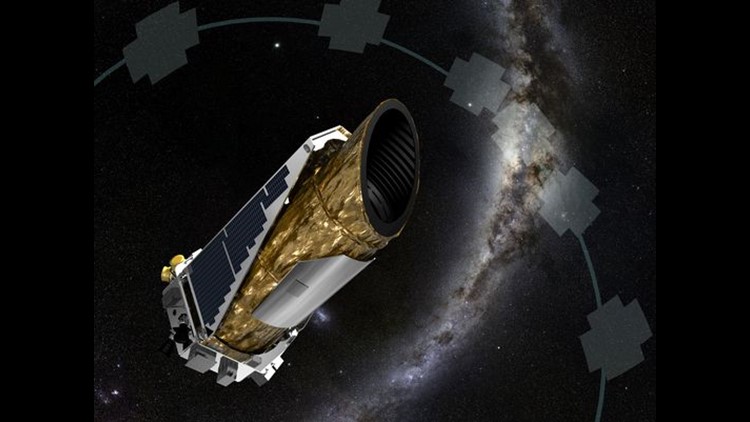The Kepler spacecraft — initially launched to find other habitable planets across the universe — has kicked into an emergency mode more than 75 million miles away in deep space, prompting efforts on Earth to recalibrate the unmanned observatory.
“The mission has declared a spacecraft emergency, which provides priority access to ground-based communications at the agency's Deep Space Network,” according to a statement issued by NASA overnight.
Mission operations engineers were expecting a routine contact with the $600 million spacecraft on April 7 when it was determined that Kepler had moved into an emergency mode, which means the spacecraft is operating minimally while fuel intensive.
Mission engineers based in Silicon Valley at the Ames Research Center were hoping to aim Kepler toward the Milky Way’s center. The spacecraft's mission is part of the larger Discovery Program to carry out science-based space exploration.
The last contact the Earth-based ground control had with the spacecraft was April 4, with Kepler’s operating systems reporting that it was functioning properly.
“The spacecraft is nearly 75 million miles from Earth, making the communication slow. Even at the speed of light, it takes 13 minutes for a signal to travel to the spacecraft and back,” said Charlie Sobeck , Kepler and K2 mission manager, in a statement from NASA.
The spacecraft was launched March 6, 2009 from Cape Canaveral Air Station with a three-and-a half year mission to seek out signs of other habitable, Earth-like planets. The spacecraft was designed to watch about 150,000 stars similar to the Earth’s sun. It began looking along toward Orion, hunting for stars that were closer than 600 light years, NASA details of the initial mission reported.
That mission was completed in 2012 with the spacecraft confirming the existence of more than one thousand planets orbiting stars outside of Earth’s solar system.
It now has an extended mission to study supernovae, young stars and other objects in space.
Follow J.D. Gallop on Twitter: @JDGallop



